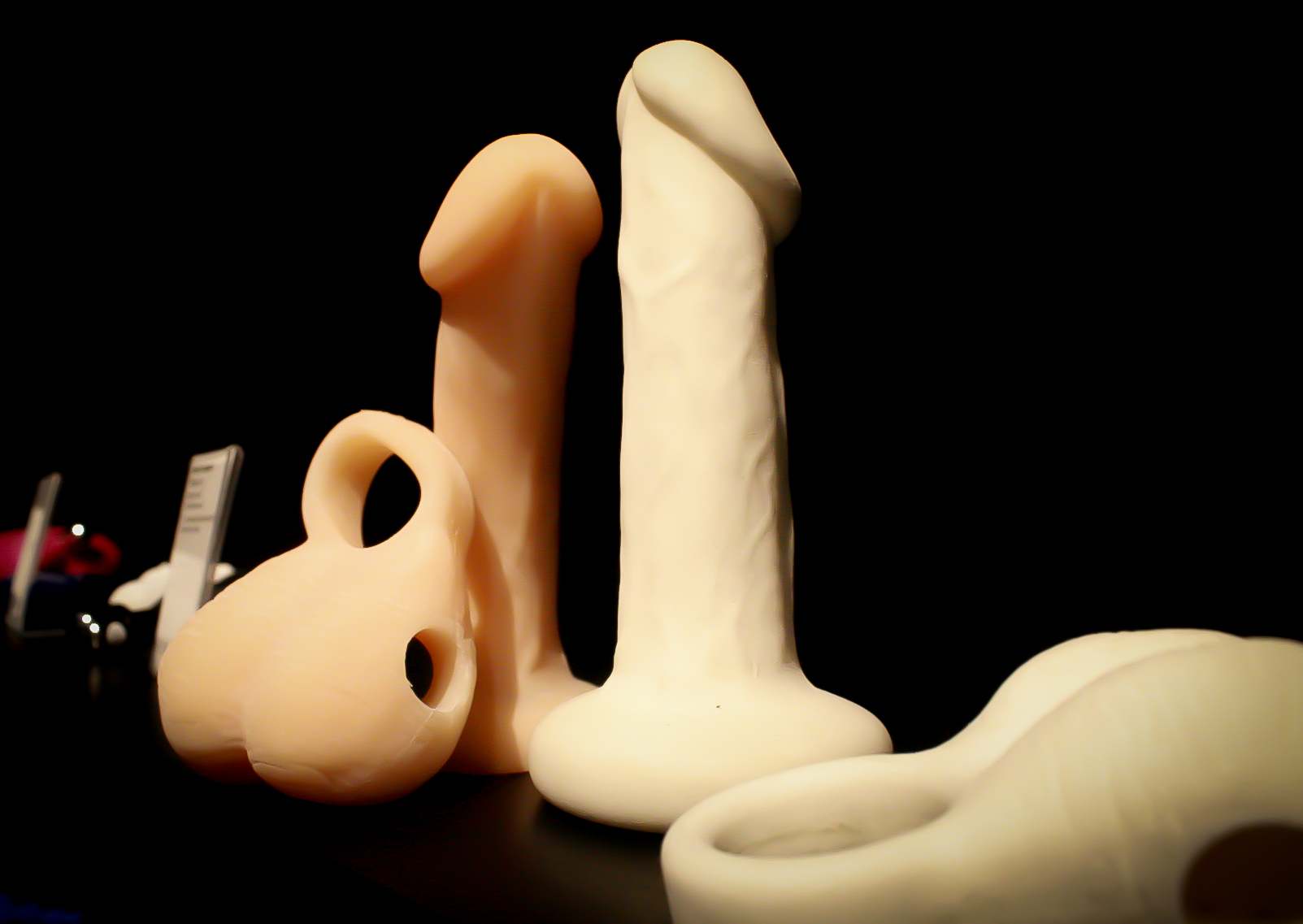Editor’s note: The content, and many of the images in this story, are not safe for work (NSFW). The same goes for the sites linked to. It’s a story about sex toys, so you know what to expect.
Forget buying sex toys — Tom Nardone wants you to print them.
Nardone runs MakerLove, a website where he posts sex toy designs for 3D printer owners to try out. An engineer-turned-vibrator salesman, Nardone’s toys include the Hello Kitty-inspired Hello Pussycat, the tongue-shaped Organic Communicator, and the strangely but aptly named Freaky Freud. His work combines art with science, technology with pleasure.
But while Nardone isn’t sure whether MakerLove will revolutionize the sex toy industry, he is sure of one thing: The 3D printer will undoubtedly become a sex machine.
“Adult products have helped just about every technology become successful, and it’s all about privacy” said Nardone, who also happens to run PriveCo, the “world’s most private company.“
Consider the Internet, for example, or even the VCR. Once these technologies entered the mainstream, they almost instantly became vessels for people to privately explore and express their sexual interests. (Translation: People watched a whole lot of porn.)
Similar themes can be found with the 3D printer, which will give people the power to create the exact kind of sex toys they want — any shape, color, or size.
“There’s a whole lot of ‘this is too big’ and ‘this is too small’ with sex toys. 3D printing will fix that,” Nardone said.
In a way, it’s the exact thing 3D printing pioneers have been promising for years: 3D printers are going to fundamentally change the way we create and buy. With the ability to create in our own homes, everything can be personalized, even sex toys.
That vision of the future may sound far-fetched, but it actually already exists. Consider New York Toy Collective, a high-end sex toy shop run by Chelsea Downs and Laura Parker.
Using a MakerBot printer, Downs and Parker are able to design a self-pleasuring device, print it out, and see how it looks. Are the dimensions off? Is the color right? Having a 3D printer means being able to rapidly prototype ideas without stressing over how much things are going to cost. (Plus, it’s easier than using clay, which is how they used to do it.)
This process also allows them to maintain a high level of quality in their creations. Most sex toys are designed via injection molding, a massively expensive manufacturing process used to create as many products as quickly as possible. But that method is completely incompatible with New York Toy Collective’s hyper-realistic silicon toys, which have to sit in a mold for longer than a day before they can be removed. Try telling that to a manufacturer focused on getting products out as fast as possible.
“Our creations really aren’t something that regular manufacturers are willing to take up,” Parker said.
New York Toy Collective’s hands-on approach also allows them to create the ultimate customized sex toy: Those that are exact replicas of their customers’ genitals. As a part of the 3DEA Pop Up exhibition that started in New York this week, New York Toy Collective will offer customers the chance to have their genitals scanned and replicated in silicon form. “It’s an awesome extension of our product,” Downs said.
But while the so-called future of 3D printed sex toys is largely a reality now, there’s still a lot preventing self-printed sex toys from entering your life in any major way. For one, 3D printers are still wildly expensive, which means not too many people are going to be printing much of anything from them, let alone sex toys.
There are technical hurdles, too. Right, now most 3D printers print objects at resolutions far too rough to be used comfortably in intimate areas. “There’s a bit of a texture to them,” MakerLove’s Nardone confesses.
Also, sex toys printed from material known as polyvinyl alcohol are water-soluble, which automatically rules them out for use with any water-based lubricant. While the solution to that is simply to print other materials that still doesn’t solve the whole texture issue.
Nardone, however, is largely unconcerned. “The resolution will improve with time. 3D printing is just like any other technology,” he said.
He’s right, of course. As with any other nascent technology, 3D printing has only started is slow but deliberate march towards mainstream consciousness. Its manifestation may still be far off, but when it does happen, it’s bound to be interesting.

VentureBeat's mission is to be a digital town square for technical decision-makers to gain knowledge about transformative enterprise technology and transact. Learn More












